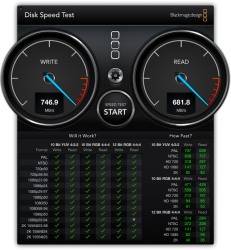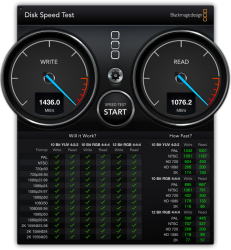To answer this question one would have to know how the drives are being used. First you don't let it fill up.
1. If it is used for photography: a. what are the size of the photos? b. how many photos does it take to fill up 8TB?
2. If it is used for video: a. Don't use it for storage of files that are no longer in projects. Use it as a drive for "working" files. b. All files from "past" projects are placed on external HD's. Two 4TB HD's can be used for storage/back up. c. Since it is RAID 0 and it fails, you have to replace the bad drive, rebuild and dump the files back on.
3. Know what your particular genre entails. If you deal with Raw R3D files or uncompressed 10bit think if 8TB is even enough! One 2:30 uncompressed 10bit file is about 24GB!
Anyway, the internal RAID 0 4HD's was years ago. I did not want to buy a R3D Rocket so I changed the RAID setup. Still RAID 0



